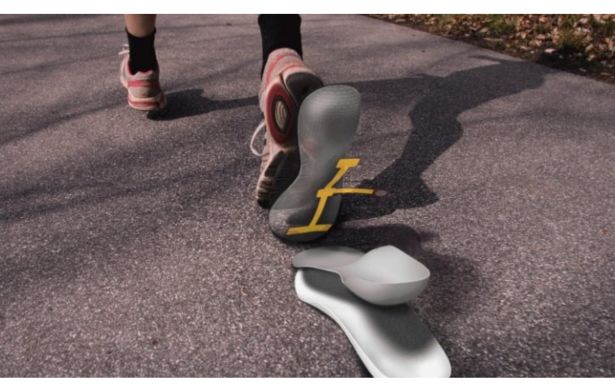
Captured foot data of exoskeleton users, including plantar pressure distribution, COP, acceleration, angular velocity, and GRF, and pre-processed it using MATLAB to evaluate and predict gait stability and fall risk using statistical analysis and deep learning algorithms (LSTM, BiLSTM, and CNN).
Abstract
Despite the biomechanical benefits of using exoskeletons to reduce muscle fatigue of workers during physically demanding tasks, studies have revealed that using active back-support exoskeletons could reduce the stability of the users and subsequently increase the risk of falls. This study aims to develop deep learning models capable of monitoring the stability of exoskeleton users during construction framing tasks with various pressure insole metrics. Statistical analysis was conducted to compare the peak pressure of each participant’s left and right feet to determine their stability, which was used to label the stable and unstable conditions of the participants. Using various foot pressure data metrics, deep learning algorithms such as Long Short-Term Memory, Bi-directional Long Short-Term Memory (Bi-LSTM), and Convolutional Neural Networks were trained to develop models that can classify stable and unstable instances during the use of active back-support exoskeletons. The statistical analysis reveals a significant distinction between participants with stable and unstable instances during the framing task with the exoskeleton, highlighting the impact on stability. The study also shows that Bi-LSTM achieved the highest accuracy of 95.4% with metrics combinations of pressure distribution, the center of pressure, acceleration, and angular rate. This was substantially improved to 97.5% with a metric combination of pressure distribution and angular rate after being augmented using the adaptive synthetic sampling technique. This study contributes to occupational health and safety by providing a scientific approach to monitoring the stability of exoskeleton users, leveraging deep learning algorithms and foot plantar pressure data. The feedback from these models could be used to develop mitigation measures to avert the risk of falls, thus providing safe use of the device.
Methodology
Okunola, A., Akanmu, A., Jebelli, H. (2024). Machine Learning-Based Fall Risk Detection in Human Exoskeleton Interaction for Construction Workers. International Conference of Smart and Sustainable Built Environment. New Zealand.
